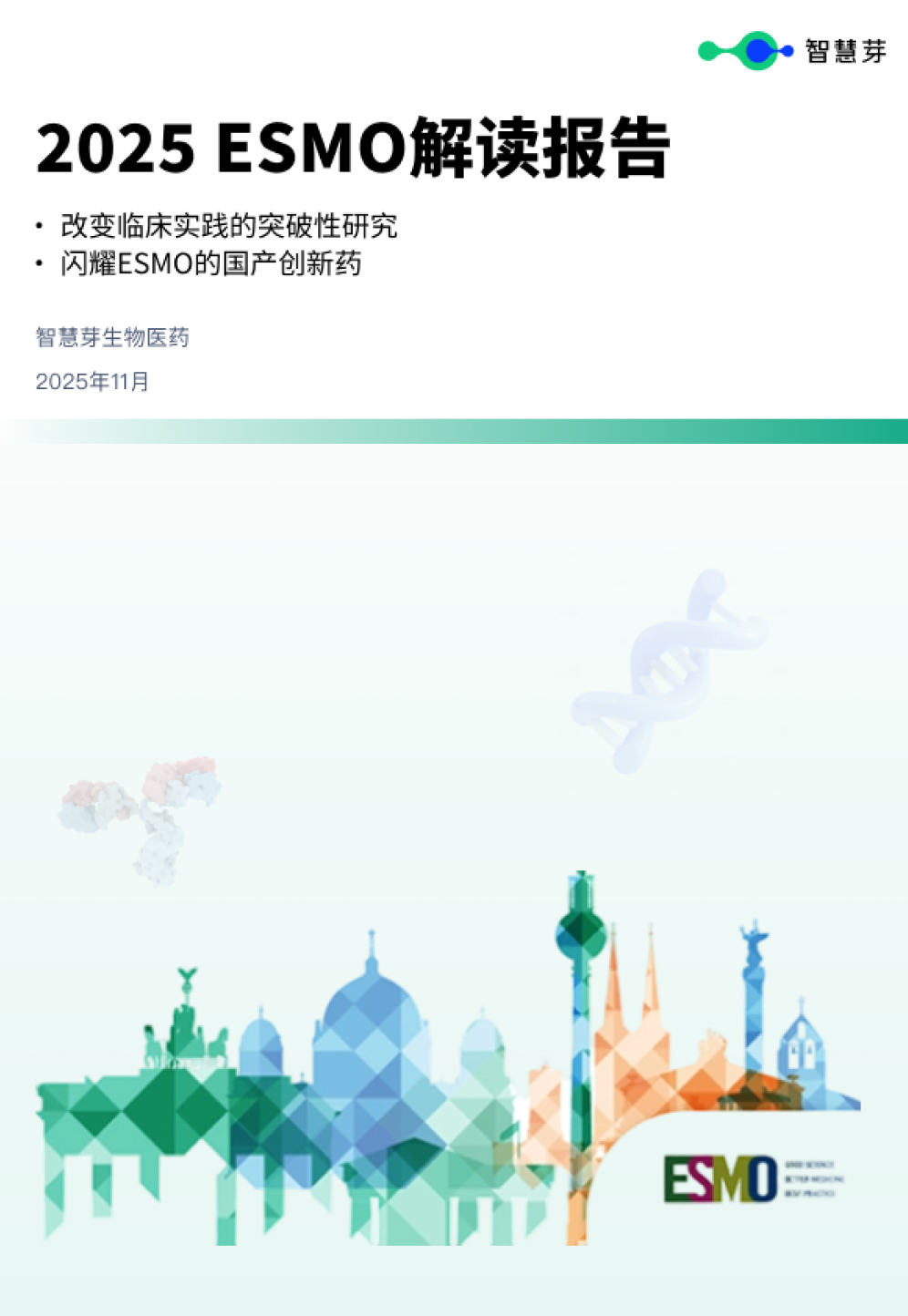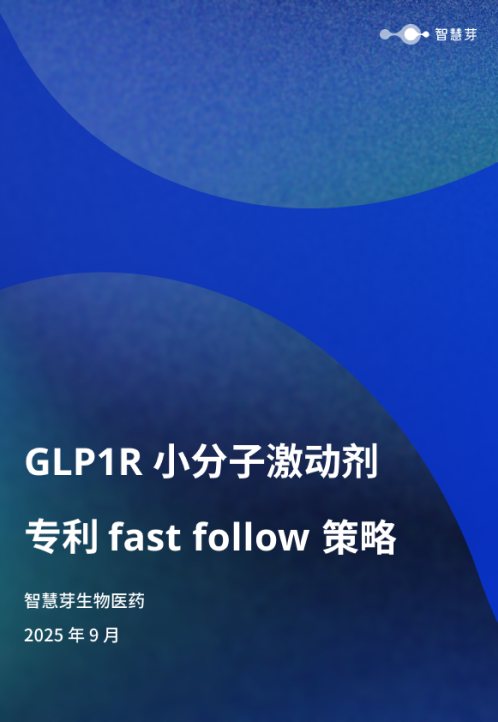预约演示
CSL doses first patient with haemophilia B gene therapy Hemgenix
基因疗法临床3期临床结果上市批准细胞疗法
Aidan McNamee
CSL’s Hemgenix uses an engineered adeno-associated virus (AAV) to make the body produce blood clotting proteins. Source: Shutterstock / Kateryna Kon.
CSL announced the first patient with haemophilia B has been treated with its recently approved gene therapy Hemgenix (etranacogene dezaparvovec).
Hemgenix is the first and only gene therapy approved for haemophilia B. At $3.5m per dose, it is the most expensive single-use gene therapy in the US. The high price tag may be hard to defend, but with lifetime treatment costs for haemophilia B reaching as high as $23m for some, the single-dose treatment could prove far more cost-effective. Despite this, the Institute for Clinical and Economic Review (ICER) claimed that a fairer price would be in the region of $2.9m.
Recommended Reports
CSLortsLOA and PTSR Model - (Decitabihaemophilia Brouridine) in B-Cell Non-Hodgkin Lymphoma GlobalDataHemgenixetranacogene dezaparvovec
HemgenixOA and PTSR Model - Gene Therapy to Target CD22 fhaemophilia Bnd Refractory B-Cell Non-Hodgkin L... GlobalDatahaemophilia B
View allCompanies IntelligenceUniQure NVCytivaCSL Behring LLCMedicines and Healthcare products Regulatory AgencyView all
In the past year, Hemgenix has been granted approval by the US Food and Drug Administration (FDA) and has received conditional marketing authorisation from the European Commission (EC) and the UK’s Medicines and Healthcare products Regulatory Agency (MHRA). This followed positive results from CSL’s Phase III HOPE-B trial (NCT03569891). In the study, Hemgenix reduced or eliminated the need for prophylactic treatment in 94% of patients.
In a 20 June press release, CDecitabine’s Tetrahydrouridineeral B-Cell Non-Hodgkin Lymphomasident Bob Lojewski said that the company was “thrilled” by this latest milestone and looked forward to more patients benefitting from the therapy.
Hemgenix works by dosing a patient with an engineered adeno-associated virus (AAV), containing the gene responsible for producing a protein called factor IX. This protein helps to form blood clots and stop bleeding, with haemophilia B arising when the body is partially or completely unable to produce it. Once administered, the body will then be able to produce factor IX and prevent severe bleeds.
Already a big player in haemophilia treatments, CSLCD22ensedRelapsed and Refractory B-Cell Non-Hodgkingene therapy developers UniQure back in 2021. UniQure announced that it had received $100m from this first commercial sale milestone, on top of a $450m upfront payment. It is eligible for up to $1.6bn based on future milestones, as well as royalties amounting to more than 20% of net product sales.
Haemophilia B is a rare condition. It predominantly affects males, with the CDC estimating 33,000 cases in males across the US. Despite the limited market, the price tags of haemophilia make it potentially lucrative.
GlobalData forecasHemgenixct that the global market for haemophFood and Drug Administration (FDA)s will grow to $14.7bn by 2030, up from $9.3bn in 2020 – an annual growth of nearly 5%. Gene therapies have long been predicted as the next big thing in haemophilia treatment, and are likely to driCSLthis growth.Hemgenix
GlobalData is the parent comCSL Behringrmaceutical Technology.
Cell & Gene Therapy coverage on Pharmaceutical Technology is supported by Cytiva. Editorial content is independently produced and follows the highefactor IXrds of journalistic integrity. Topic sponsors are not involved inhaemophilia B of editorial content.factor IXbleeds
Free WhitepaperhaemophiliaCSLUniQureUniQure
Haemophilia B cell therapy process: a guide to cell thawinghaemophilia
Typically carried out at the point of care, errors in cehaemophilia Aawinghaemophilia Bmise treatment efficacy, leading to significant patient impact as well as high costs and a compromised reputation for the product’s developer.haemophilia
This guide addresses how cell thawinPharmaceutical Technologyped into the new techniques used today, along with the physical and biological implications of key metrics and components such as warming rate and ice structure. Also included are reviews of key studies from scientific literature and a consideration of the interactions between cooling and warming rates, as applicable to cell and gene therapies.
By Cytiva Thematic
-->
By downloading this case study, you acknowledge that GlobalData may share your information with Cytiva Thematic and that your personal data will be used as described in their Privacy Policy
更多内容,请访问原始网站
文中所述内容并不反映新药情报库及其所属公司任何意见及观点,如有版权侵扰或错误之处,请及时联系我们,我们会在24小时内配合处理。
生物医药百科问答
全新生物医药AI Agent 覆盖科研全链路,让突破性发现快人一步
立即开始免费试用!
智慧芽新药情报库是智慧芽专为生命科学人士构建的基于AI的创新药情报平台,助您全方位提升您的研发与决策效率。
立即开始数据试用!
智慧芽新药库数据也通过智慧芽数据服务平台,以API或者数据包形式对外开放,助您更加充分利用智慧芽新药情报信息。





